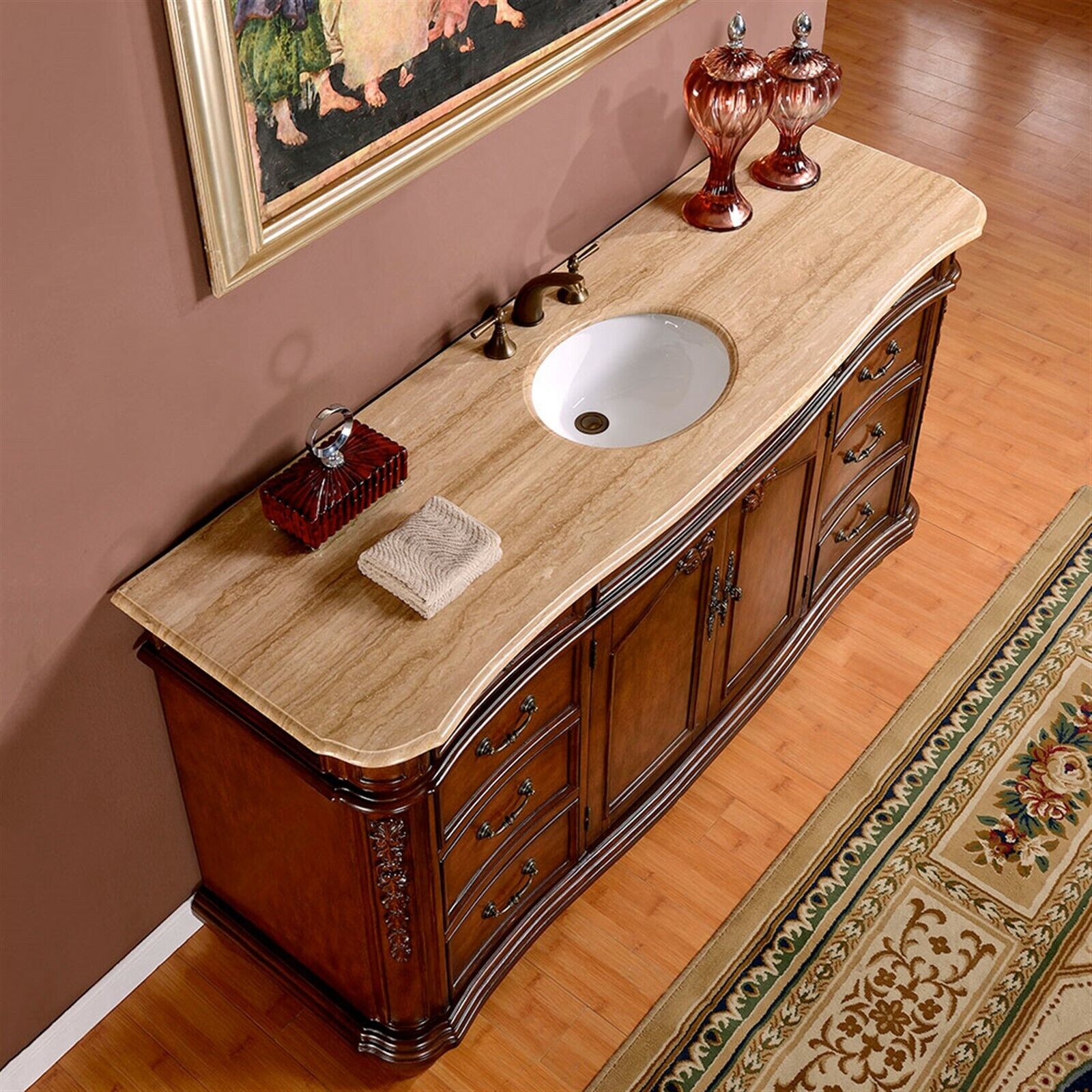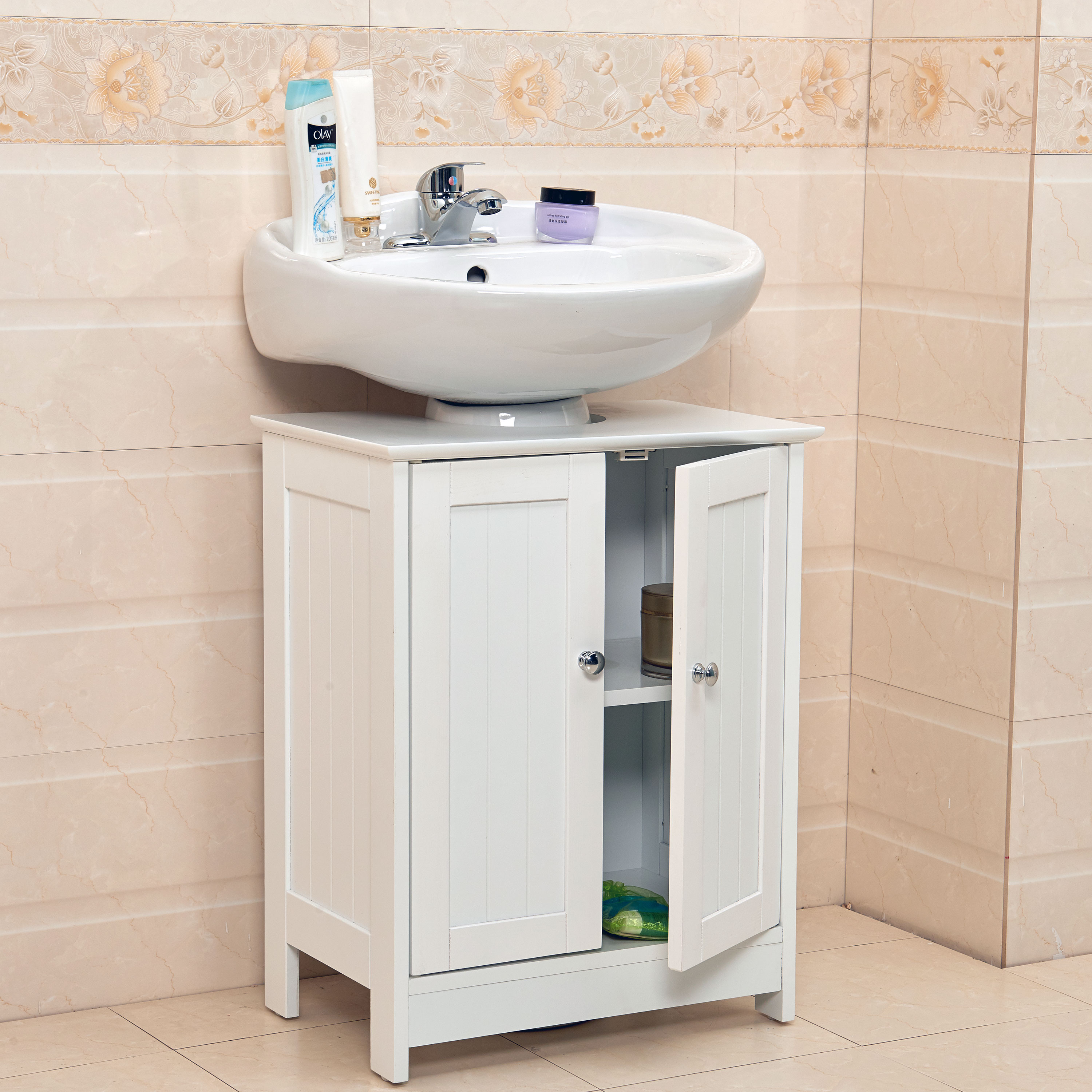Bathroom Sink Cabinet 500mm

A 500mm bathroom sink cabinet is a popular choice for smaller bathrooms or those looking to maximize space. It offers a balance of functionality and style, providing ample storage without overwhelming the room. This comprehensive overview will delve into the features, benefits, and design considerations of this specific cabinet size.
Materials Used in Manufacturing
The choice of materials significantly impacts the durability, aesthetics, and cost of a bathroom sink cabinet. Common materials include:
- Wood: This classic material offers a natural, warm aesthetic and is available in various finishes. Common woods include oak, maple, and cherry. Wood cabinets are typically more expensive but offer longevity and can be refinished for a fresh look.
- MDF (Medium-Density Fiberboard): MDF is a cost-effective alternative to solid wood, offering a smooth, consistent surface. It’s often used for cabinet boxes and doors, often with a laminate or veneer finish to mimic the appearance of wood.
- PVC (Polyvinyl Chloride): PVC is a durable, water-resistant material that is often used for bathroom sink cabinets, especially in humid environments. It comes in various colors and finishes, making it a versatile choice.
Cabinet Styles and Their Advantages and Disadvantages
The style of bathroom sink cabinet can influence the overall design and functionality of your bathroom. Here’s a breakdown of popular styles:
- Freestanding Cabinets: These cabinets are independent units that stand alone, offering flexibility in placement. They can be moved easily and are ideal for smaller bathrooms or those with limited wall space. However, they may require more floor space and might not be as sturdy as wall-mounted options.
- Wall-Mounted Cabinets: These cabinets are mounted to the wall, maximizing floor space and creating a more spacious feel. They are often easier to clean and can be a good choice for smaller bathrooms. However, they may require professional installation and may not offer as much storage space as freestanding cabinets.
- Vanity Cabinets: These cabinets combine a sink and countertop with storage below, offering a complete bathroom solution. They are often available in various styles and sizes, making them a versatile option for different bathroom designs. However, they can be more expensive than other cabinet styles and may require more space.
Popular Bathroom Sink Cabinet Designs with 500mm Dimensions
Many manufacturers offer a wide range of 500mm bathroom sink cabinets with diverse designs and features. Here are some popular examples:
- Modern Minimalist: These cabinets often feature clean lines, sleek finishes, and minimalist hardware. They are ideal for creating a contemporary bathroom aesthetic.
- Traditional: Traditional cabinets often have ornate details, such as carvings or raised panels. They are perfect for creating a classic and timeless bathroom design.
- Rustic: Rustic cabinets often feature natural wood finishes, distressed textures, and hardware with a vintage look. They are perfect for creating a warm and inviting bathroom space.
Choosing the Right Bathroom Sink Cabinet 500mm: Bathroom Sink Cabinets 500mm

Selecting the perfect 500mm bathroom sink cabinet is a crucial step in any bathroom renovation. A well-chosen cabinet not only provides storage space but also complements the overall design and functionality of your bathroom. This guide explores the essential factors to consider when choosing a 500mm bathroom sink cabinet, from measuring your space to selecting the ideal sink material and size.
Space Constraints
Understanding the dimensions of your bathroom is paramount. A 500mm cabinet might seem compact, but it’s important to factor in the surrounding space. Before purchasing, carefully measure the area where the cabinet will be installed, leaving ample room for doors to open and close freely. Consider the distance from the cabinet to other fixtures, such as the toilet, shower, or bathtub, to ensure comfortable movement. Measure the height of the wall, the width of the available space, and the depth of the area to ensure the cabinet fits snugly without encroaching on other bathroom features.
Personal Style
Your bathroom should reflect your personal style and taste. Consider the overall design theme of your bathroom and choose a cabinet that complements it. Do you prefer a modern, minimalist look, a traditional design, or a rustic aesthetic? The cabinet’s material, finish, and hardware should align with the overall design. For example, a sleek, chrome-finished cabinet with minimalist lines would suit a modern bathroom, while a cabinet with intricate carvings and antique brass hardware would complement a traditional bathroom.
Budget
Setting a budget for your bathroom sink cabinet is crucial. 500mm cabinets come in a wide range of prices, depending on materials, design, and brand. Establish a realistic budget and stick to it. Consider the long-term value of the cabinet and its impact on the overall bathroom renovation. Remember, a high-quality cabinet may cost more upfront, but it can last for many years, saving you money in the long run.
Sink Material
The sink material plays a crucial role in the overall look and functionality of your bathroom. Common sink materials include ceramic, porcelain, glass, and stainless steel. Ceramic and porcelain sinks are popular choices due to their durability, affordability, and ease of cleaning. They come in a variety of styles and colors to complement different bathroom designs. Glass sinks offer a modern and sleek look but require more care, as they are more prone to scratches. Stainless steel sinks are highly durable and resistant to stains but can be prone to water spots if not properly cleaned.
Sink Depth and Bowl Size
The sink’s depth and bowl size are important considerations when choosing a 500mm cabinet. A deeper sink provides more space for washing your hands and face, while a larger bowl is ideal for accommodating larger items. Consider the frequency of use and the needs of your household when selecting the appropriate depth and bowl size. A shallow sink might be sufficient for a guest bathroom, while a deeper sink with a larger bowl might be preferable for a family bathroom.
Bathroom Sink Cabinet 500mm Installation and Maintenance

Installing a 500mm bathroom sink cabinet can be a straightforward process with proper planning and the right tools. This section provides a detailed guide to help you install and maintain your bathroom sink cabinet effectively.
Installation Process
The installation process involves several steps, beginning with preparation and concluding with final connections.
- Gather Necessary Tools: Ensure you have the essential tools for a successful installation. These include a tape measure, level, pencil, drill, screwdriver, wrench, and plumbing tape.
- Prepare the Area: Clear the space around the intended installation location, ensuring sufficient room to work comfortably. Remove any existing fixtures or obstructions.
- Locate Studs: Use a stud finder to locate the wall studs for secure mounting. Mark the stud locations on the wall.
- Assemble the Cabinet: Carefully assemble the cabinet following the manufacturer’s instructions. Ensure all screws and fittings are securely fastened.
- Position the Cabinet: Place the cabinet against the wall at the desired location, ensuring it is level using a level. Mark the wall where the cabinet will be mounted.
- Mount the Cabinet: Drill pilot holes into the marked locations on the wall. Use appropriate screws to securely mount the cabinet to the wall studs.
- Install the Sink: Attach the sink to the cabinet, ensuring a secure fit and proper alignment.
- Connect Plumbing: Connect the water supply lines to the sink’s faucets. Use plumbing tape on the threads to prevent leaks.
- Connect Drainage: Connect the drainpipe to the sink’s drain outlet, ensuring a secure and leak-free connection.
- Test for Leaks: Turn on the water supply and carefully check for any leaks at the connections. Tighten any loose fittings as needed.
Wall-Mounted and Freestanding Installation Methods
There are two primary methods for attaching a 500mm bathroom sink cabinet to the wall:
- Wall-Mounted: This method involves directly mounting the cabinet to the wall using screws and anchors. It offers a space-saving solution and provides a clean, contemporary look. Ensure the wall studs are located and marked accurately for secure mounting.
- Freestanding: This method uses a base or stand to support the cabinet without direct wall mounting. Freestanding cabinets offer flexibility in placement and can be easily moved if needed.
Plumbing Connections and Drainage, Bathroom sink cabinets 500mm
Proper plumbing connections and drainage are crucial for a functional and leak-free bathroom sink.
- Water Supply Lines: Use flexible supply lines designed for bathroom fixtures. Ensure the lines are securely connected to the faucets and the water source, using plumbing tape to prevent leaks.
- Drainpipe: Connect the drainpipe to the sink’s drain outlet using a secure and leak-proof connection. Ensure the drainpipe has a proper slope to allow for efficient drainage.
- P-Trap: A P-trap is a crucial component in the drain system, preventing sewer gases from entering the bathroom. Ensure the P-trap is installed correctly and securely connected to the drainpipe.
Maintenance and Cleaning
Regular maintenance and cleaning are essential for extending the lifespan of your bathroom sink cabinet.
- Clean Regularly: Wipe down the cabinet surface with a damp cloth and mild cleaning solution. Avoid harsh chemicals or abrasive cleaners that could damage the finish.
- Dry Thoroughly: After cleaning, dry the cabinet surface completely to prevent moisture buildup.
- Inspect for Leaks: Regularly inspect the plumbing connections and drain system for any signs of leaks. Tighten any loose fittings as needed.
- Check for Damage: Examine the cabinet for any signs of damage, such as scratches or cracks. Address any issues promptly to prevent further damage.
Bathroom sink cabinets 500mm – Bathroom sink cabinets with a 500mm width offer a compact yet functional solution for smaller bathrooms. When considering a color scheme, gray is a popular choice for bathroom cabinets as it creates a sense of calm and sophistication. If you’re seeking inspiration for the perfect gray hue, check out our guide on best gray paint for bathroom cabinets to find the shade that complements your bathroom’s style.
Remember, the right gray can enhance the overall aesthetic of your 500mm bathroom sink cabinet, making it a stylish focal point in your space.
Bathroom sink cabinets with a 500mm width are a popular choice for smaller bathrooms, offering a balance between storage space and visual impact. While focusing on practicality, it’s easy to overlook the potential for adding a touch of personality, just like choosing the right grey and white wallpaper for bedroom.
A simple, yet stylish, cabinet can create a visual focal point in the bathroom, just as a statement wallpaper can transform a bedroom. The key is to find a balance between functionality and aesthetics, and a well-chosen 500mm cabinet can effortlessly achieve both.
